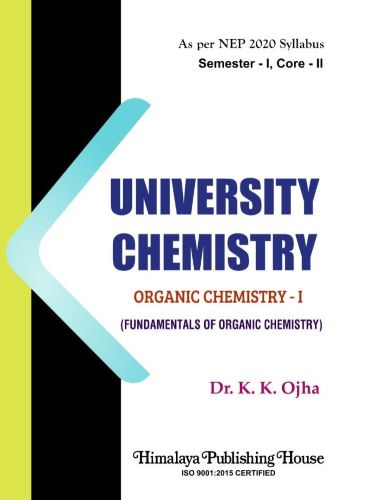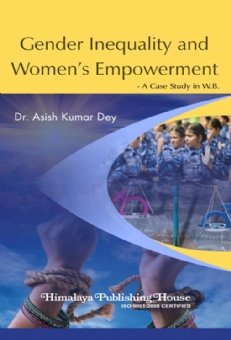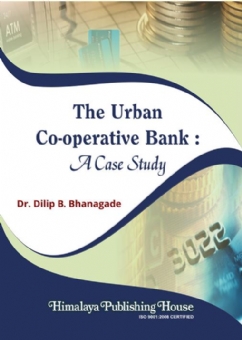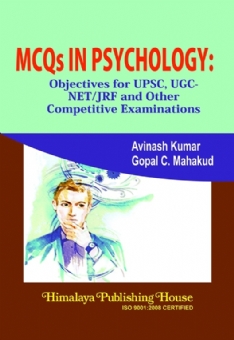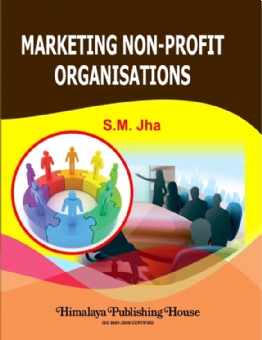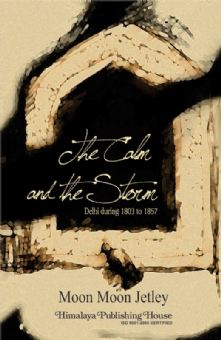The book entitled “University Chemistry” is a very sincere attempt to arouse the interest of the students in Organic Chemistry-I taking chemistry subject as their Honours paper in B.Sc. course. This book is written in easily understandable and catchy language so that the students can easily grasp the contents that they read. This book is intended as a theory book for students appearing for B.Sc. (Hons.).
The salient features of this book are –
* It is based on the prescribed syllabus for the B.Sc. courses of the state universities.
* It provides basics of theory.
* It gives concise and pointwise information of the subject matter.
* It includes solved problems in each chapter and different questions at the end of each chapter.
Contents –
ORGANIC CHEMISTRY – I
Chapter-1: Basics of Organic Chemistry
Electronic Displacements: Inductive, electromeric, resonance and mesomeric effects, hyperconjugation and their applications in dipole moment; organic acids and bases; their relative strength. Homolytic and heterolytic fission with suitable examples. Curly arrow rules; Electrophiles and Nucleophiles; Nucleophilicity and basicity; Types, shape and relative stability of carbocations, carbanions, free radicals and carbenes. Introduction to types of organic reactions with suitable examples: Addition, Elimination, Substitution, Rearrangement and Pericyclic reactions. Carbon-carbon sigma bonds, chemistry of alkanes: Formation of alkanes, Wurtz Reaction, Corey-House Reactions, Free radical substitutions: Halogenation relative reactivity and selectivity.
Chapter-2: Stereochemistry
Concept of Chirality/Asymmetry, Geometrical isomerism and Optical Isomerism: Optical Activity, Specific Rotation. Determination of Relative and absolute onfiguration in chiral molecules using D/L, R/S, cis/trans, Syn/Anti and E/Z descriptors using .I.P rules. Representation by Fischer Projection, Newmann and Sawhorse Projection formulae in molecules containing one and two chiral-centres. Enantiomers, Distereoisomers, mesostructures, Racemic mixture and their resolution. Stability and Conformational analysis: types of cycloalkanes and their relative stability, Baeyer strain theory, Conformational analysis of alkanes (ethane and n-butane): Relative stability with energy diagrams. Energy diagrams of cyclohexane: Chair, Half chair, boat and twist boat forms.
Chapter-3: Chemistry of Unsaturated Hydrocarbons
Carbon-Carbon Pi Bonds: Formation of alkenes and alkynes by elimination reactions, Mechanism of E1, E2, E1cb reactions. Saytzeff and Hofmann eliminations. Reactions of alkenes: Electrophilic additions their mechanisms (Markownikoff/AntiMarkownikoff addition), mechanism of oxymercurationdemercuration, hydroboration-oxidation, ozonolysis, syn and antihydroxylation (oxidation).1,2- and 1,4-addition reactions in conjugated dienes and Diels-Alder reaction; Reactions of alkynes: Acidity, Electrophilic and Nucleophilic additions. Hydration to form carbonyl compounds, Alkylation of terminal alkynes.
Chapter-4: Chemistry of Aromatic Hydrocarbons
Aromaticity : Huckel’s rule, aromaticity in benzenoid and non-benzenoid compounds, cyclic carbocations/carbanions and heterocyclic compounds with suitable examples, Electrophilic aromatic substitution with mechanism: halogenation, nitration, sulphonation and Friedelalkylation/acylation with their mechanism. Directing effects of the functional groups.

